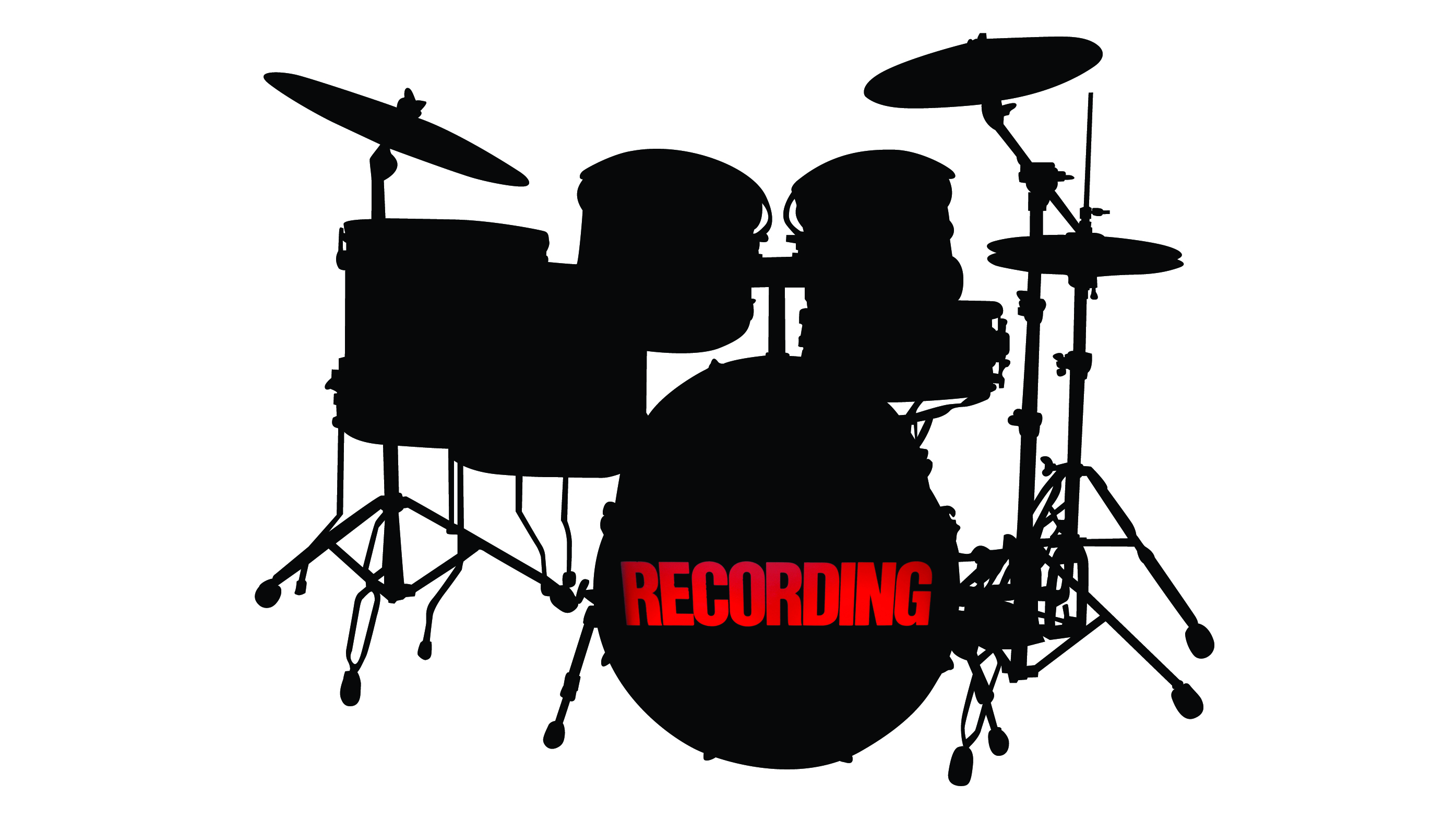

Make sure you are using either all or just channel 10. Now in that track control there is a listing for midi input. Note you need to have the new track "Armed" for record to be able to hear/monitor anything until you record some midi data. Drag MTPD to the empty space and a new track will be created for you. That should open your FX browser and list all of your VSTi. In your project Opposite Click on empty space under the track control in the track panel and pick Insert virtual instrument on new track. Make sure Reaper sees your midi controller: Options>Preferences>Audio>Midi Device. Point to that by: Options>Preferences>Plugins>VST. In Reaper you need to make sure that the folder that contains MTPD is seen by Reaper. MTPD uses midi channel 10 by default, so set your midi control to that. Try that and then see if it recognizes your midi controller.

You should be able to run it all by itself. Load one of the kits from the SE Studio Kit.First off MT Power Drums will run in stand alone mode. In a new project, add Groove Agent SE or another drum-sound source to the VSTi rack, and create a corresponding MIDI track when prompted. If you don’t have Groove Agent, then something like Superior Drummer or BFD will work nicely for this walkthrough. Groove Agent follows GM mapping to a certain extent, but diverges for things like hi-hats: Groove Agent has something like 20 different notes dedicated to hi-hats, whereas GM only has three. To practise building a Drum Map from scratch, we’re going to use a multi-sampled acoustic kit in Groove Agent SE. Also related to scoring are the Head Symbol setting, which determines the note head symbol that a row’s drum hits will use in scores, and the Voices column, which groups drum instruments for common handling of rests and stem direction. This defines the pitch that will be used to represent a row’s drum-hit events when viewed in the Score Editor. When these are set to Any and Track, respectively, it’s the source MIDI track that defines the MIDI routing, but any other settings will cause the outgoing MIDI note to be directed to the specified MIDI channel and/or destination.ĭrum Map rows have a fourth note value associated with them, shown in the Display column. In these scenarios, you can split your rhythm part across multiple MIDI tracks, but this is cumbersome compared to working on a single part within a single Drum Editor window.ĭrum Maps provide a solution to this, too, as they allow each row to have its own independent MIDI routing, as defined by the Channel and Output columns of the map. There are times when you may wish to use multiple sound sources for the playback of a rhythm part – main kit parts from a sampler, say, with some analogue bleeps and bloops from a synth. Also, you can make it easy to swap between sound banks and sound sources without making your cool groove sound like a stack of chimney pots falling on a hi-hat. The practical upshot of this is that by spending time configuring Drum Maps, you can save yourself from learning different key or pad layouts for different sound banks. Continuing our example, if the snare-drum instrument defines note A3 as its O-Note, then all the hits for the snare drum will be sent as A3 note messages, even though they’re stored in Cubase as E1 notes incoming F1 notes will be translated into outgoing A3 notes, too. Similarly, the O-Note – or Output Note – defines the outgoing MIDI note that will be sent by a Drum Editor row. So, for example, if you name pitch E1 as ‘Snare Drum’, but assign its I-Note as F1, then any incoming F1 notes will be translated internally to E1 and be recorded as a hit on the Snare Drum row. The I-Note – or Input Note – defines the incoming MIDI note that will create a drum-hit event on a given row of the Drum Editor. This is all done via the I-Note and O-Note columns of the Drum Map – they can be a bit confusing, so pay attention to the following! The actual notes that create these events and that are sent when these events are triggered, can be different to this internal representation. The notes that you associate names with – shown in the Drum Map’s Pitch column – are just the notes that Cubase uses internally to represent different drum-hit events. You can define these names directly from within the Drum Editor (just double-click on an instrument name to edit it), or you can do so from the Drum Map Setup panel.

Input and output notesĪt their most basic, Drum Maps associate a drum-instrument name with a MIDI note, and it is these names that are displayed in the Drum Editor’s instrument list. Cubase solves both of these problems with Drum Maps. A similar issue exists if you’re playing drum parts using a controller, because different instruments and sound banks may require you to learn different key layouts, or to reprogram your pad controller.


 0 kommentar(er)
0 kommentar(er)
